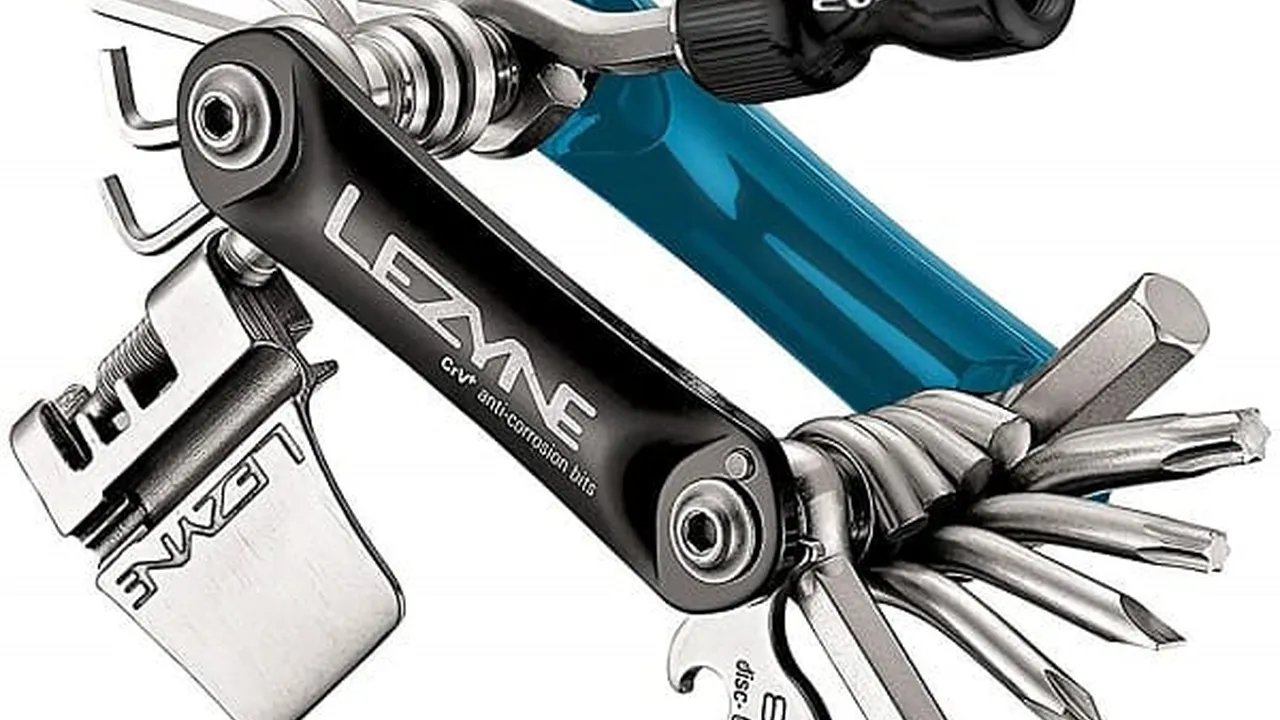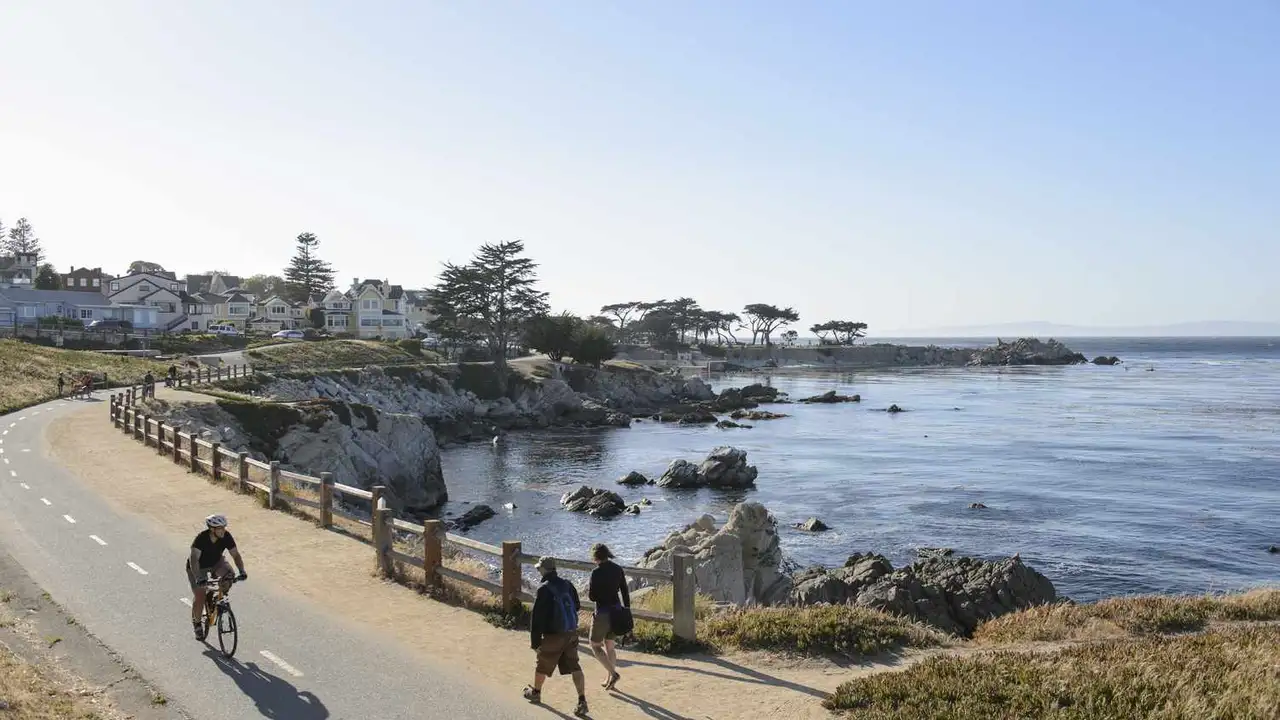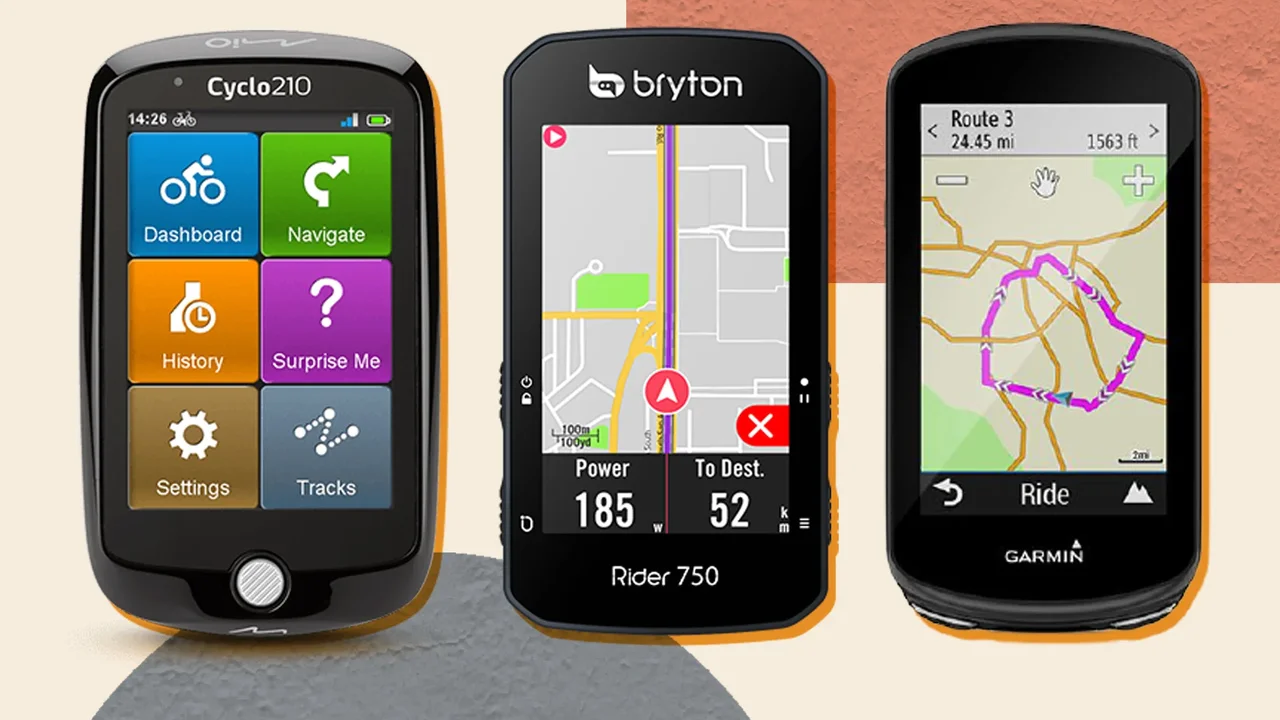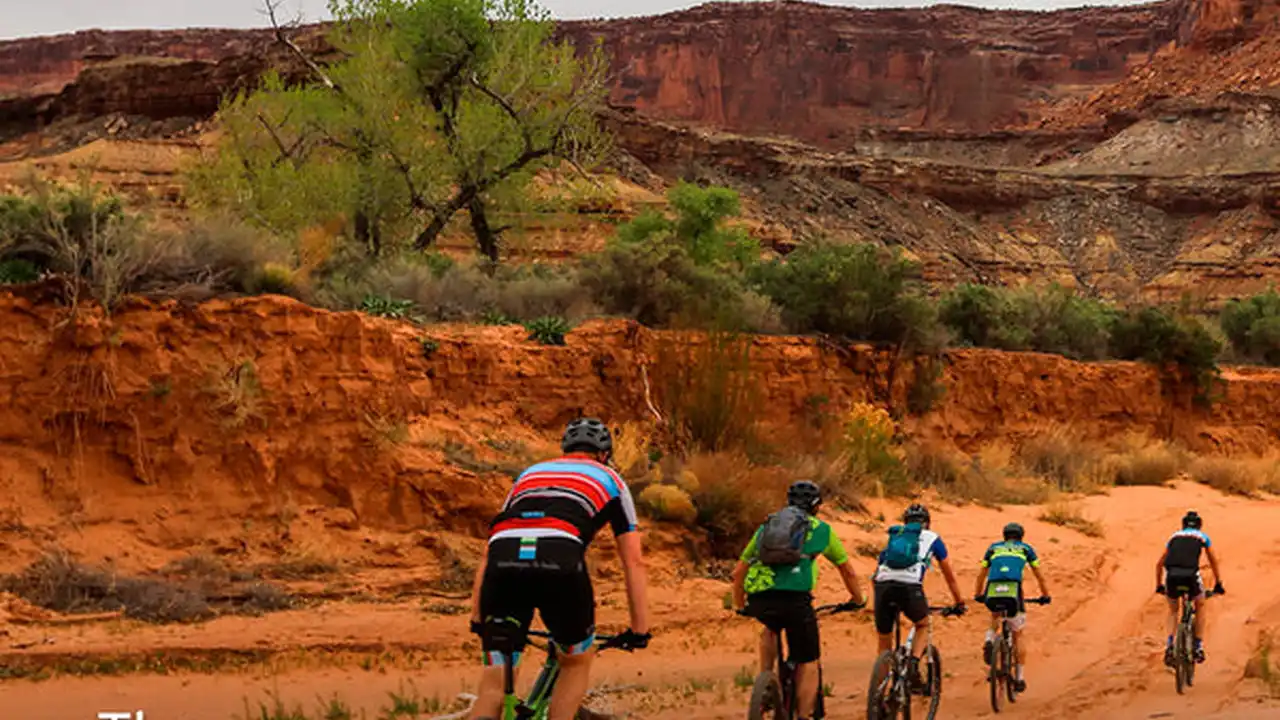5 Ways to Advocate for Safer Cycling Infrastructure on the West Coast
Navigating the West Coast cycling scene can be exhilarating, but it also highlights the crucial need for safer infrastructure. This article delves into practical strategies for advocating for better cycling conditions, from engaging with local governments to leveraging community support. We'll also explore essential gear recommendations, comparing products and their ideal uses, ensuring you're equipped for a safe and enjoyable ride.
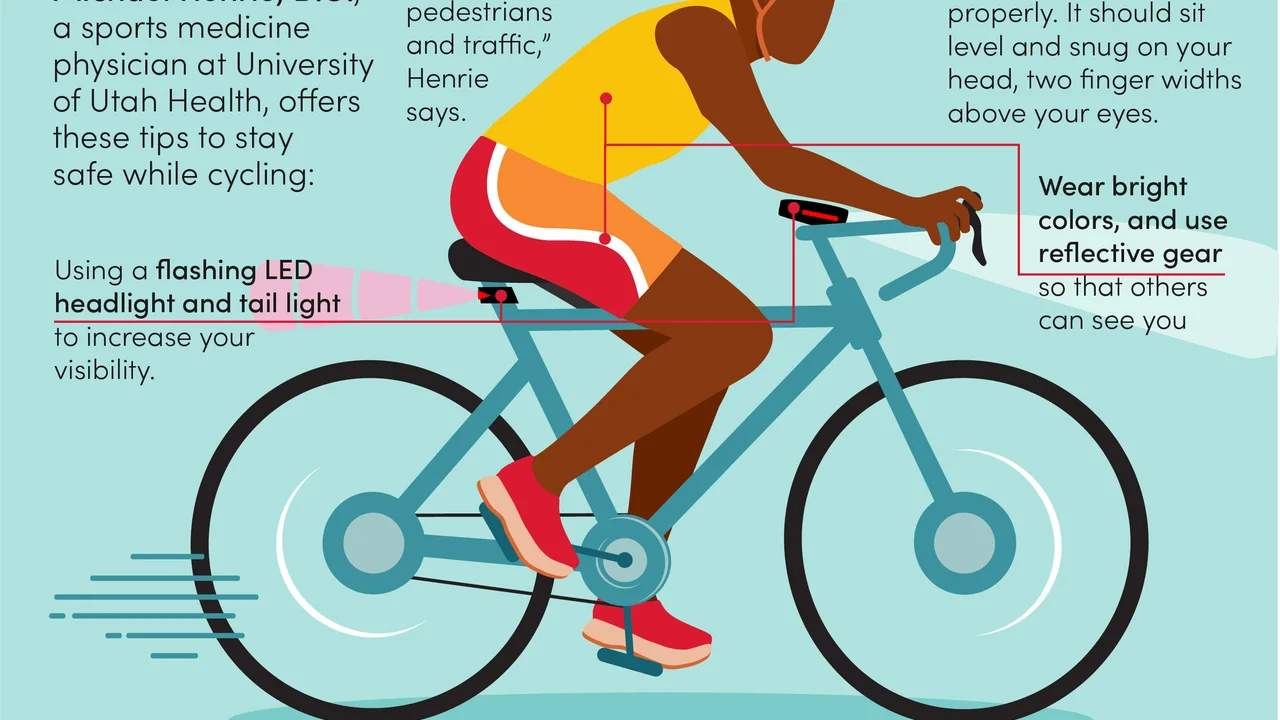
Cycling on the West Coast offers stunning views and a healthy lifestyle, but it's no secret that infrastructure often lags behind the growing popularity of cycling. So, how can you, as a cyclist, make a real difference in improving safety and accessibility? Let's break down five effective strategies.
1. Engage with Local Government: Make Your Voice Heard on Cycling Safety
Your local government plays a pivotal role in shaping transportation policy. Attending city council meetings, contacting your representatives, and participating in public forums are all crucial steps. Prepare your arguments beforehand. Gather data on cycling accidents, highlight areas with inadequate bike lanes, and propose concrete solutions. Remember, persistence is key. Follow up on your communications and stay engaged in the long term.
Actionable Tip: Research upcoming transportation projects in your area and identify opportunities to advocate for cycling infrastructure improvements. Submit written comments and attend public hearings to voice your concerns.
2. Join or Support Cycling Advocacy Groups: Strength in Numbers for West Coast Cyclists
Numerous cycling advocacy groups operate throughout the West Coast, from local clubs to statewide organizations. These groups work tirelessly to lobby for better infrastructure, promote cycling safety, and educate the public. Joining a group amplifies your voice and provides access to valuable resources, including networking opportunities, advocacy training, and up-to-date information on cycling legislation.
Examples: Look into groups like the California Bicycle Coalition, the Oregon Bicycle Racing Association, or local cycling clubs in your city. Many offer volunteer opportunities, allowing you to directly contribute to their advocacy efforts.
3. Educate Yourself and Others: Promoting Cycling Awareness and Safety
Knowledge is power. Understanding traffic laws, safe cycling practices, and the benefits of cycling empowers you to advocate effectively. Share your knowledge with others by leading group rides, organizing workshops, or simply having conversations with friends and neighbors. Promoting cycling awareness helps create a more bike-friendly culture.
Resources: The League of American Bicyclists offers excellent resources on cycling education and safety. Consider taking a cycling safety course to enhance your skills and knowledge.
4. Support Bike-Friendly Businesses: Vote with Your Wallet for Cycling Infrastructure
Businesses that cater to cyclists play a vital role in creating a supportive cycling environment. Patronize bike shops, cafes, and other establishments that offer amenities like bike racks, repair stations, or discounts for cyclists. Let them know you appreciate their support and encourage other businesses to follow suit. Your spending habits can send a powerful message.
Tip: Leave positive reviews for bike-friendly businesses online. This helps attract more customers and encourages other businesses to invest in cycling infrastructure.
5. Use Data and Storytelling: Making a Compelling Case for Cycling Improvements
Data is essential for backing up your arguments and demonstrating the need for cycling infrastructure improvements. Collect data on cycling traffic, accident rates, and the economic benefits of cycling. Supplement this data with personal stories and anecdotes. Share your experiences of cycling in your community, highlighting both the joys and the challenges. Combining data with compelling narratives can sway public opinion and influence decision-makers.
Tools: Utilize mapping apps like Strava to track your rides and identify areas with high cycling traffic. Share your data with local advocacy groups and government officials.
Essential Cycling Gear Recommendations: Products, Uses, and Comparisons for West Coast Rides
Beyond advocacy, having the right gear is crucial for safe and enjoyable cycling. Here are a few recommendations, comparing different products and their ideal uses.
Helmets: Protecting Your Head on West Coast Roads
A helmet is the most important piece of cycling safety gear. Consider these options:
- Giro Synthe MIPS: A high-performance helmet with excellent ventilation and MIPS (Multi-directional Impact Protection System) technology. Ideal for road cycling and racing. Price: $250.
- Specialized Align II: A more affordable option that still offers excellent protection and comfort. Great for commuting and recreational cycling. Price: $50.
- POC Ventral Air SPIN: Known for its superior ventilation, making it ideal for hot West Coast summers. SPIN (Shearing Pad INside) technology adds an extra layer of protection. Price: $300.
Comparison: While the Giro Synthe MIPS and POC Ventral Air SPIN offer advanced features and superior ventilation, the Specialized Align II provides excellent protection at a more accessible price point. Choose the helmet that best fits your budget and riding style.
Lights: Ensuring Visibility on West Coast Streets
Being visible to other road users is essential, especially during dawn, dusk, and nighttime riding.
- Lezyne Micro Drive 600XL: A powerful and compact front light with multiple modes. Ideal for commuting and road cycling. Price: $60.
- Knog Blinder Mini Chippy: A bright and stylish rear light with a USB rechargeable battery. Perfect for adding visibility to your bike. Price: $30.
- Garmin Varia RTL515 Radar Tail Light: A radar-equipped tail light that alerts you to approaching vehicles from behind. Provides an extra layer of safety. Price: $200.
Using Lights: Use a combination of front and rear lights, even during daylight hours, to increase your visibility. Ensure your lights are fully charged before each ride.
Cycling Apparel: Comfort and Performance on West Coast Trails
The right cycling apparel can significantly enhance your comfort and performance.
- Assos Mille GT Bib Shorts C2: High-quality bib shorts with excellent comfort and support. Ideal for long rides. Price: $200.
- Pearl Izumi Attack Jersey: A breathable and comfortable cycling jersey with moisture-wicking properties. Price: $80.
- Castelli Estremo WS Gloves: Windproof and waterproof gloves perfect for cool and wet weather. Price: $100.
Choosing Apparel: Consider the weather conditions and the length of your rides when selecting cycling apparel. Look for moisture-wicking fabrics and comfortable padding.
Bike Locks: Securing Your Ride on the West Coast
Protecting your bike from theft is crucial, especially in urban areas.
- Kryptonite Evolution Mini-7 with Flex Cable: A U-lock with a cable for securing your wheels. Offers excellent security. Price: $100.
- ABUS Bordo Granit X Plus 6500: A folding lock that is both secure and portable. Price: $200.
- Hiplok Gold Wearable Chain Lock: A chain lock that can be worn around your waist for easy carrying. Price: $150.
Locking Techniques: Always lock your bike to a secure object and use multiple locks if possible. Secure both the frame and the wheels.
Hydration Packs: Staying Hydrated on West Coast Adventures
Staying hydrated is essential, especially during longer rides.
- CamelBak MULE: A versatile hydration pack with ample storage space. Ideal for mountain biking and long road rides. Price: $120.
- Osprey Katari 3: A lightweight and minimalist hydration pack. Perfect for shorter rides. Price: $70.
- Hydrapak Velocity IT 1.5L: A hydration reservoir that can be used with any backpack. Price: $40.
Choosing a Hydration Pack: Consider the capacity of the reservoir and the amount of storage space you need when selecting a hydration pack.
By actively advocating for safer cycling infrastructure and equipping yourself with the right gear, you can contribute to a more bike-friendly West Coast for everyone.
:max_bytes(150000):strip_icc()/277019-baked-pork-chops-with-cream-of-mushroom-soup-DDMFS-beauty-4x3-BG-7505-5762b731cf30447d9cbbbbbf387beafa.jpg)



